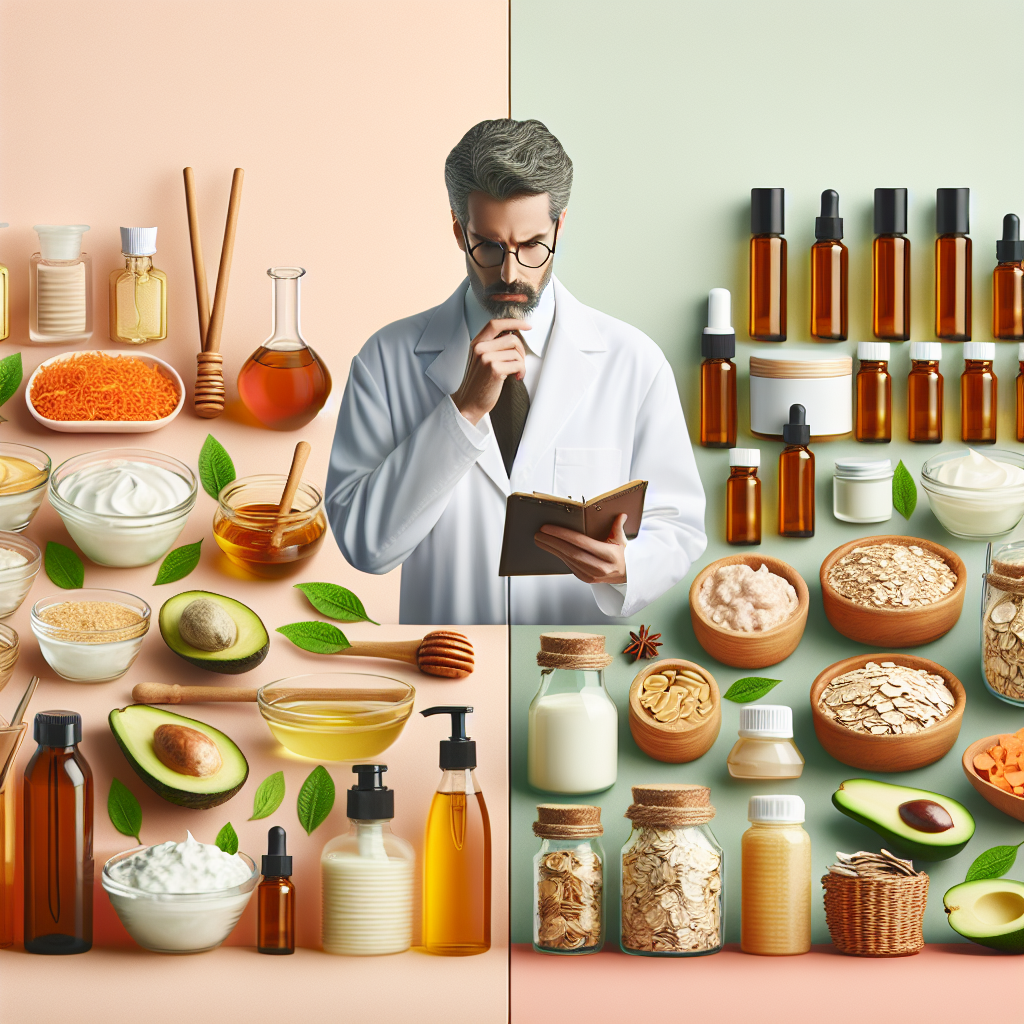The beauty industry has seen a significant rise in the popularity of natural remedies, often labeled as DIY (do-it-yourself) beauty products. As consumers become more health-conscious and seek alternatives to chemically-laden commercial products, a debate has emerged: Are DIY beauty products truly effective, or do store-bought options hold more benefits?
Understanding DIY Beauty Products
DIY beauty products are typically made from natural ingredients found in everyday kitchens. Common components include ingredients like coconut oil, shea butter, honey, and essential oils. These products promise a more organic approach to skincare, free from synthetic chemicals. Advocates argue that they are not only gentler on the skin but also kinder to the environment.
The Science Behind Natural Remedies
Many natural ingredients used in DIY products have long been revered for their therapeutic properties. For example, honey is known for its antibacterial properties, while coconut oil serves as a natural moisturizer. Studies have shown that certain herbs and oils can improve skin health, reduce inflammation, and even combat the signs of aging. However, the scientific community often emphasizes the need for rigorous testing to validate these claims.
Benefits of Store-Bought Products
Store-bought beauty products are developed using advanced technologies and rigorous testing to ensure safety and efficacy. Ingredients are often carefully selected, and formulations are designed to target specific skin issues. For instance, products containing retinol or hyaluronic acid have been clinically proven to improve skin texture and moisture levels. Additionally, brands often provide guarantees and customer service, offering peace of mind regarding the product quality.
Safety Concerns and Allergic Reactions
While natural products are generally viewed as safe, they are not without risks. Essential oils, for instance, can cause irritation or allergic reactions in sensitive skin types. Additionally, the lack of regulation in the DIY beauty space means that homemade products may not follow hygiene standards, increasing the risk of contamination. On the other hand, commercial products, although more regulated, can still trigger allergic reactions due to synthetic fragrances or preservatives.
Environmental Impact
One of the appealing aspects of DIY beauty products is their potential for reduced environmental impact. Many DIY formulations reduce packaging waste and use sustainably sourced ingredients. However, some store-bought brands are increasingly moving towards eco-friendly packaging and sustainable practices, making greener options available in the market.
Cost-Effectiveness
Homemade beauty products may appear more cost-effective at first glance, especially when using kitchen staples. However, the initial investment in high-quality ingredients and tools can accumulate, and results may vary. Alternatively, while store-bought products can carry a higher upfront cost, their effectiveness may mean they last longer, potentially providing better value over time.
Expert Recommendations
Experts recommend a balanced approach when choosing beauty products. For some skin concerns, particularly those requiring specific ingredients or efficacy, store-bought products may be more suitable. However, for routine maintenance or gentle treatments, DIY products can be effective and gratifying to create. Additionally, dermatologists generally suggest patch testing any new product, whether homemade or store-bought, to minimize adverse reactions.
Conclusion
The debate between natural remedies and store-bought products ultimately hinges on individual preferences, skin types, and desired outcomes. Understanding the benefits and risks associated with each can empower consumers to make informed choices that best suit their beauty needs.

